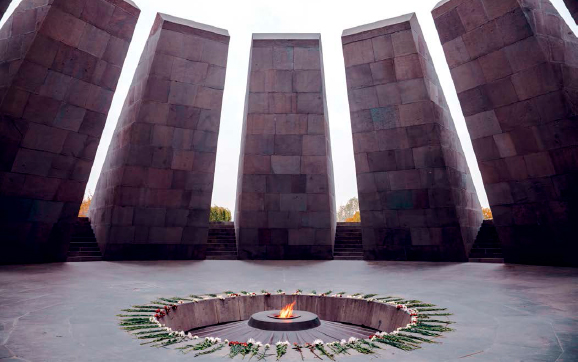Published in 2018 by Cavendish Square Publishing, LLC
243 5th Avenue, Suite 136, New York, NY 10016
Copyright 2018 by Cavendish Square Publishing, LLC
Third Edition
No part of this publication may be reproduced, stored in a retrieval system, or transmitted in any form or by any meanselectronic, mechanical, photocopying, recording, or otherwisewithout the prior permission of the copyright owner. Request for permission should be addressed to Permissions, Cavendish Square Publishing, 243 5th Avenue, Suite 136, New York, NY 10016. Tel (877) 980-4450; fax (877) 980-4454.
Website: cavendishsq.com
This publication represents the opinions and views of the author based on his or her personal experience, knowledge, and research. The information in this book serves as a general guide only. The author and publisher have used their best efforts in preparing this book and disclaim liability rising directly or indirectly from the use and application of this book.
CPSIA Compliance Information: Batch #CS17CSQ
All websites were available and accurate when this book was sent to press.
Library of Congress Cataloging-in-Publication Data
Names: Dhilawala, Sakina, 1964- author. | Nevins, Debbie, author.
Title: Armenia / Sakina Dhilawala, Debbie Nevins.
Description: New York : Cavendish Square Publishing, [2018] | Series: Cultures of the world | Includes bibliographical references and index. |
Identifiers: LCCN 2017009421 (print) | LCCN 2017010562 (ebook) | ISBN 9781502627360 (E-book) | ISBN 9781502627407 (library bound)
Subjects: LCSH: Armenia (Republic)--Juvenile literature. | Armenia (Republic)--History--Juvenile literature. | Armenia (Republic)--Civilization--Juvenile literature.
Classification: LCC DK685.6 (ebook) | LCC DK685.6 .D48 2018 (print) | DDC 947.56--dc23
Writers, Sakina Dhilawala; Debbie Nevins, third edition
Editorial Director, third edition: David McNamara
Editor, third edition: Debbie Nevins
Art Director, third edition: Amy Greenan
Designer, third edition: Jessica Nevins
Picture Researcher, third edition: Jessica Nevins
Printed in the United States of America
PICTURE CREDITS
The photographs in this book are used with the permission of: COVER Wojtek Buss/AGE fotostock; p..
PRECEDING PAGE:
A statue of Mother Armenia stands in Victory Square in Yerevan.
Printed in the United States of America
 CONTENTS
CONTENTS
ARMENIA TODAY |
1. GEOGRAPHY | Geographic features Armenian soil Lake Sevan Earthquakes Climate Flora Fauna Cities |
2. HISTORY | Urartu Media Persian and Greek rule The Arab and Seljuk invasions The golden age of Armenian illumination Ottoman rule From Soviet republic to independence The struggle for Nagorno-Karabakh |
3. GOVERNMENT | Historical overview Government in transition Executive branch Legislative branch Judicial branch |
4. ECONOMY | Labor and employment Agriculture Industry Mining and energy Transportation and communication |
5. ENVIRONMENT | Habitat loss Deforestation Pollution and waste Nuclear power plant Alternative energy Government initiatives to protect the environment |
6. ARMENIANS | Demographics Armenian diapsora Minorities |
7. LIFESTYLE | Education Health and social welfare Women in Armenia Traditional dress |
8. RELIGION | The Armenian Apostolic Church Church rituals and hierarchy The Russian Orthodox Church Islam |
9. LANGUAGE | The Armenian alphabet Eastern and Western Armenian dialects Russian and other languages |
10. ARTS | Architecture Sculpture Painting Rugs and carpets Music Literature |
11. LEISURE | Olympic sports Chess Backgammon |
12. FESTIVALS | New Years Celebrations Feast of the Nativity and Theophany Easter Blessing of the Grapes Genocide Remembrance Day |
13. FOOD | A varied cuisine Cheese Coffee Bread Toasts |
MAP OF ARMENIA |
ABOUT THE ECONOMY |
ABOUT THE CULTURE |
TIMELINE |
GLOSSARY |
FOR FURTHER INFORMATION |
BIBLIOGRAPHY |
INDEX |
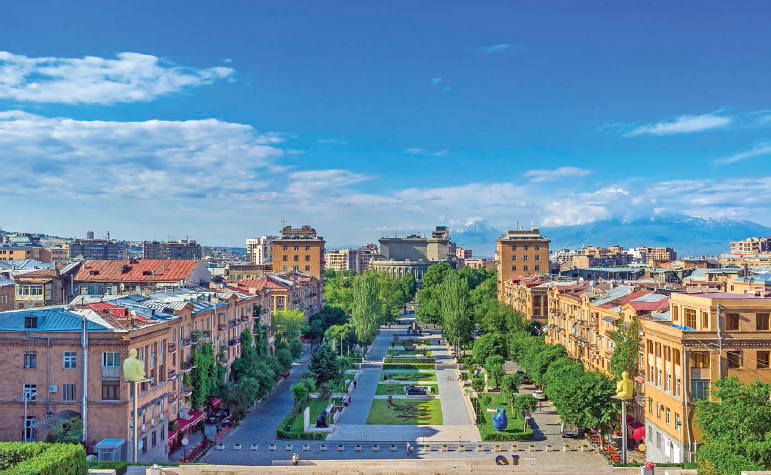
 ARMENIA TODAY
ARMENIA TODAY
A RMENIA IS A LAND WITH A LONG MEMORY. IT REACHES BACK to biblical times, when Noah and his salvaged menagerie rode out the Great Flood, two by two, in an ark. Noahs floating microcosm of Earthly life came to rest, at long last, atop Mount Ararat, the highest mountain in the Armenian Highlands. According to this creation mythology, therefore, all life was reborn in Armenia. Indeed, the Armenian people themselves are said to descend directly from Noah through Hayk, the legendary founder of the Armenian nation.
Today, Armenia is a small country in Eurasiasurrounded by Turkey to west, Georgia to the north, and Azerbaijan to the east and south. Landlocked, it has no coastline. But Armenia remembers when, some two thousand years ago, it was a much greater land. The Kingdom of Greater Armenia (331 BCE428 CE), under Tigran the Great, stretched from the Mediterranean Sea to the Black Sea to the Caspian Sea, and embraced Mount Ararat within its geographical heart.
Today, the double-peaked mountain no longer lies within Armenias borders, but the nation still carries it in its heart. Mount Ararat can be clearly seen from Yerevan, the capital of Armeniaindeed, it dominates the citys western horizon. The sacred mountain, from which Armenia still draws its symbolic lifes blood, tantalizes with its majestic visual presence, but is physically off limits. It lies beyond reach, just over the Turkish border.
From the Armenian point of view, thats enemy territory. Since 1993, the border between Armenia and Turkey has been closed because of political disagreementsmost pointedly, Turkeys failure to acknowledge the murder of 1.5 million Armenians between 1915 and 1923 as genocide.
Armenia remembers those murders. In fact, each new generation of Armenians swears to never forget. The catastrophe, they sayand most historians agreewas the systematic and deliberate attempt by authorities of the Ottoman Empire to exterminate its Armenian Christian population in what is now eastern Turkey. But at the time, the region was known as Western Armenia, part of the Armenian ancestral homeland. That apocalypse, sometimes called the Armenian Holocaust, prompted about half a million Armenians to flee to other parts of the world. They created what is now the Armenian diaspora, or community of Armenians living outside of Armenia. Many fled to the Soviet Union; others went to the United States, France, Argentina, and virtually anywhere that would take them.
The Armenian Genocide memorial in Yerevan features an eternal flame surrounded by a circle of twelve inward leaning slabs. They represent the twelve lost Armenian provinces that are now located in Turkey.


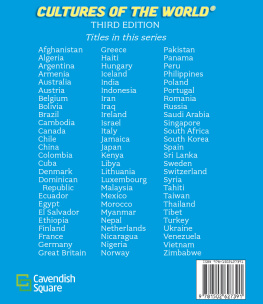

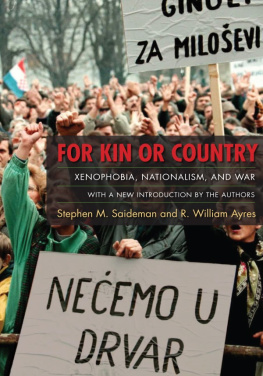
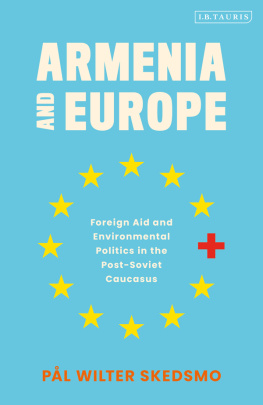
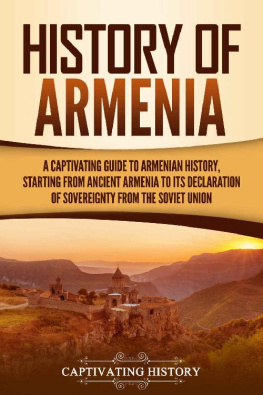
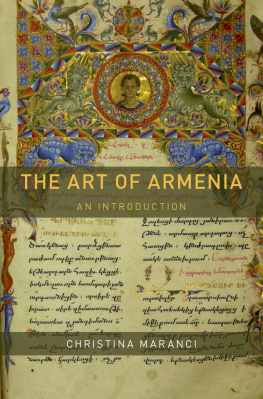
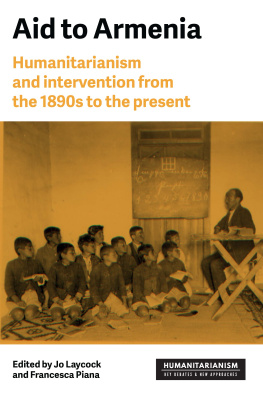
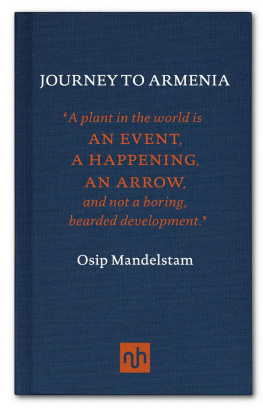


 CONTENTS
CONTENTS
